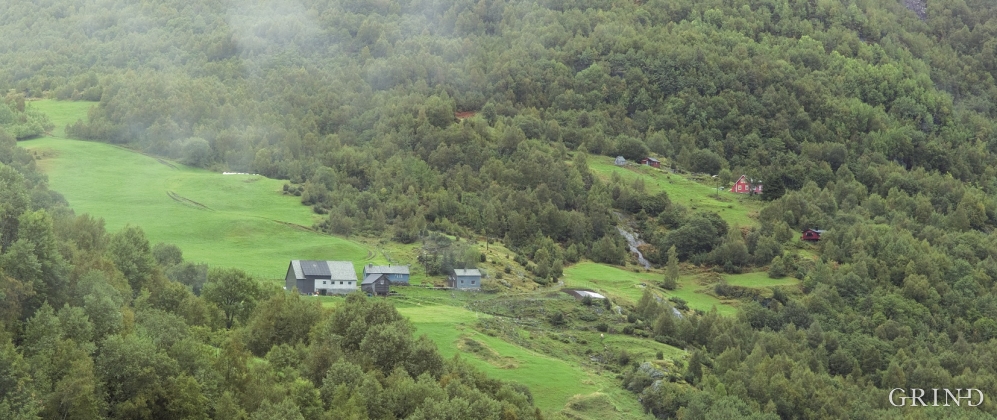Published: 20.10.2015 | Author: Nils Georg Brekke, Johannes Gjerdåker
PER SIVLE
Per Sivle was born in 1857 in Flåm, Aurland. His parents were Eirik Sivle and Susanna Ryum. His mother died early, and as his father was a cattle trader and often away on his travels, Per grew up with relatives at Hylland in Nærøydalen and at Fyre, Vossestrand, until he was six years old. Then he became the foster son in the household at Brekke, the farm between Sivle and Stalheim.
Both as a storyteller and as a poet Per Sivle’s writings have been read by generation after generation of Norwegians with joy and gratitude. Amongst the best known of his songs are “Den fyste song eg høyra fekk” (The first song I ever heard); amongst the stories “Berre ein hund” (It was only a dog) and “Vossa-stubba” (Stories from Voss).
His writing came from his heart, and he has reached the heart of the many who have read him. When the memorial over Per Sivle was unveiled at Voss Tinghus in 1957, Olav Midttun said these words by Henrik Wergeland as catchwords for his speech: “Er det ikke Hjertelag, Geni og Ulykke Gud giver Udødelighetens fagreste Kranse?” (Is it not kindheartedness, genius and disaster God gives the most beautiful wreath of immortality?). These were well-chosen words about the man Per Sivle and his life story.
Anders Hovden, Per Sivle’s good friend took the initiative for a memorial to the poet in his home community. The blank for the large memorial stone was found at Skjervheim in Myrkdalen. To bring the stone from Myrkdalen via Vinje up to Oppheimsvatnet and finally to Stalheim, was a difficult task.
Anders Hovden made the main speech at the unveiling ceremony 20 June 1909. Lars Eskeland also made a speech, and Sjur Helgeland played.
The stone has the following inscription: “Norsk ungdom sette denne steinen til minne um Per Sivle 1857-1904” (Norwegian youth raised this stone to the memory of Per Sivle 1857-1904). This is inscribed on one side of the stone. On the other side are inscribed the following words from “Tord Foleson” by Per Sivle: “Og det er det store og det er det glupa at merket det står um mannen han stupa” (And the great and good thing is that the memory stands though the man is gone).




